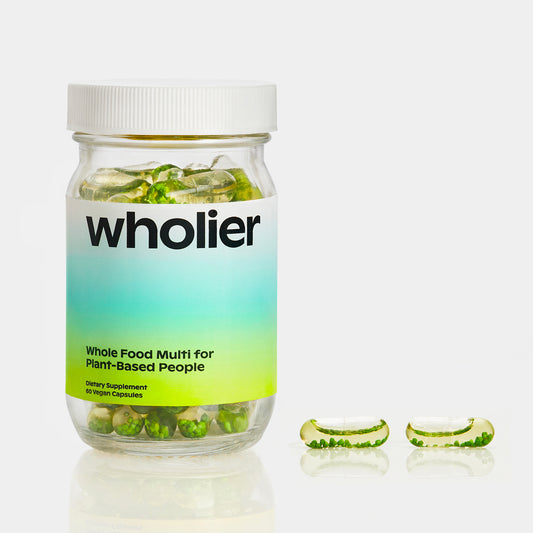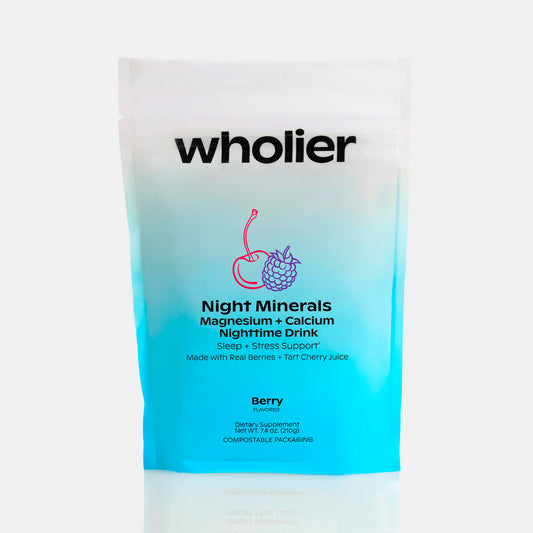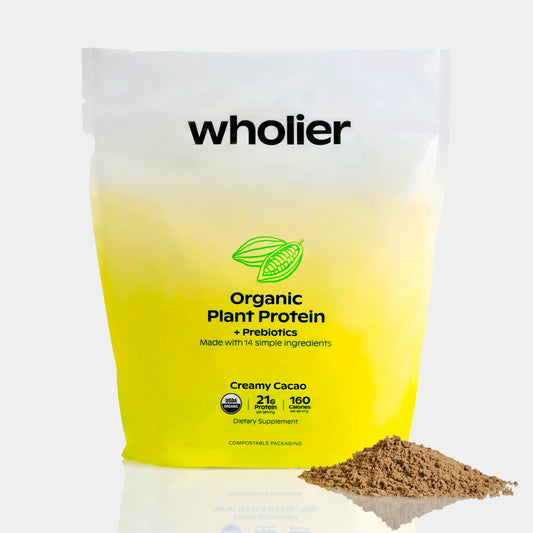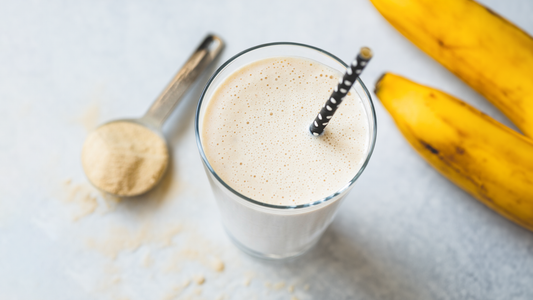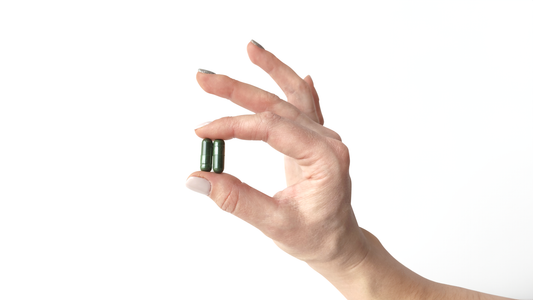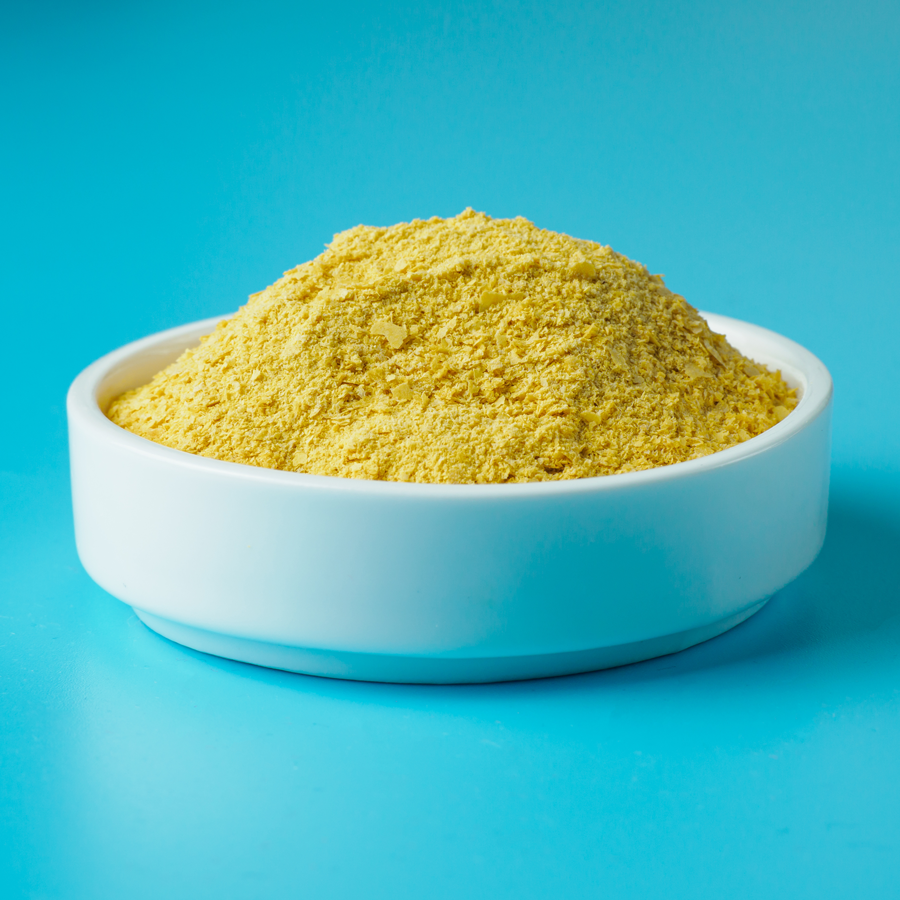
The Health (and Taste) Benefits of Nutritional Yeast
Nutritional yeast, lovingly nicknamed “nooch”, is a popular ingredient in vegan recipes thanks to its rich, natural cheese-like taste and health benefits. Here’s why I like to sprinkle this all-star flavor-booster over everything from pasta and popcorn to salads and soups.
What is nutritional yeast?
Nutritional yeast is a deactivated form of Saccharomyces cerevisiae, a species of yeast that has been used since ancient times for winemaking, baking and brewing (1). Note that it is the inactive version of yeast, not to be confused with the more commonly known active versions, such as baker’s yeast, which makes bread rise, or brewer’s yeast, which makes beer bubbly.
To create nooch, S. cerevisiae cells are grown on a sugar-rich medium, like sugar cane or molasses, then heated, washed, pasteurized and dried to create cheesy, nutty, mustard-yellow colored flakes that can enhance the savoriness of many dishes.
The health benefits of nutritional yeast
Nutritional yeast is a great source of complete plant-based protein and several B vitamins. You’ll find two types of nutritional yeast at the grocery store: unfortified and fortified.
Unfortified nutritional yeast doesn’t contain any added vitamins or minerals. The only nutrients are naturally produced by the yeast cells.
Fortified nutritional yeast (my preferred choice) contains added vitamins, which typically include vitamin B12, niacin (B3), riboflavin (B2), thiamine (B1), and pyridoxine (B6). These help boost the overall nutrient content of every little shake, which adds up. As nutritional yeast is often consumed by plant-based individuals, this additional dose of B vitamins, especially B12, can help meet intake needs.
Nutritional yeast is a great source of complete plant-based protein and several B vitamins.
Nutritional yeast is also a natural source of glutathione and selenomethionine, antioxidants that help stabilize cell-damaging molecules called free radicals that may increase risk of certain chronic diseases (2). It also contains beta-glucan, a type of fiber that may have immune benefits. In research looking at beta-glucan intake specifically from oats, lower LDL cholesterol levels are associated with higher beta-glucan diets (3).
What does nutritional yeast taste like?
Nooch has a characteristic umami taste similar to parmesan cheese. One of the reasons why it’s so flavorful is that it’s a naturally-occurring source of monosodium glutamate (MSG), which is a sodium atom attached to glutamic acid, an amino acid. And while MSG has been a controversial flavor-enhancer over the past few decades, the science isn’t up for debate: the American Medical Association, National Academy of Sciences, the European Community’s Scientific Committee for Food, the UN Food and Agricultural Organization (FAO) and the World Health Organization (WHO) have all determined that MSG, whether added or natural, is safe (4). Therefore, there is no need to worry about the MSG naturally present in nutritional yeast.
Those who love nutritional yeast, really love it. The less-than-appetizing name really doesn't do these cheesy, nutty flakes justice. Health-conscious vegans and non-vegans alike are sprinkling nooch on virtually every savory dish imaginable—from everyday salads to gourmet pasta sauces. It's hard to go wrong with a dash of nutritional yeast.
3 Easy Ways to Use Nutritional Yeast
If you’re new to nooch, here are some easy ways you can start working into your daily diet.
Cheesy popcorn
Combine hot, freshly popped corn with nutritional yeast and a pinch of salt before serving. This easy gateway recipe is a delicious way to experiment with nutritional yeast and allows the nutty flavor to shine alongside crunchy popcorn.
Vegan mac and cheese
There are several variations of vegan cheese sauce online, but most have a base of nutritional yeast for cheesiness, cashews for fat and body, a plant-based milk for creaminess and additional spices to round out the flavor profile. Enjoy it over hot pasta, with tortilla chips for DIY nachos, or over steamed broccoli for an adult twist on the beloved kid pairing.
Go-to daily seasoning
Use nutritional yeast as a flavor enhancer when you don’t need more salt, but a hit of something to finish the dish. Mix it into homemade salad dressing, on roasted veggies, in sesame noodles, or on hot vegan-buttered rice.
Please Pass the Nooch
Despite its popularity among vegans, nutritional yeast isn’t just for those who enjoy a plant-based lifestyle. It’s a simple, flavorful seasoning for a number of dishes—and can be a great source of protein and B vitamins if you use a fortified version. Grab a bag or shaker next time you’re in the condiment aisle or baking section at the grocery store and give it a try.
Sources:
(1) Parapouli M, Vasileiadis A, Afendra AS, Hatziloukas E. Saccharomyces cerevisiae and its industrial applications. AIMS Microbiol. 2020;6(1):1-31. Published 2020 Feb 11. doi:10.3934/microbiol.2020001
(2) Fakruddin M, Hossain MN, Ahmed MM. Antimicrobial and antioxidant activities of Saccharomyces cerevisiae IFST062013, a potential probiotic. BMC Complement Altern Med. 2017;17(1):64. Published 2017 Jan 21. doi:10.1186/s12906-017-1591-9
(3) Sima P, Vannucci L, Vetvicka V. β-glucans and cholesterol (Review). Int J Mol Med. 2018;41(4):1799-1808. doi:10.3892/ijmm.2018.3411
(4) IFIC, "Review of Monosodium Glutamate, Examining the Myths," 1994.

